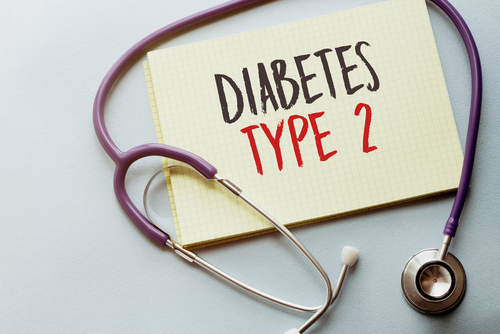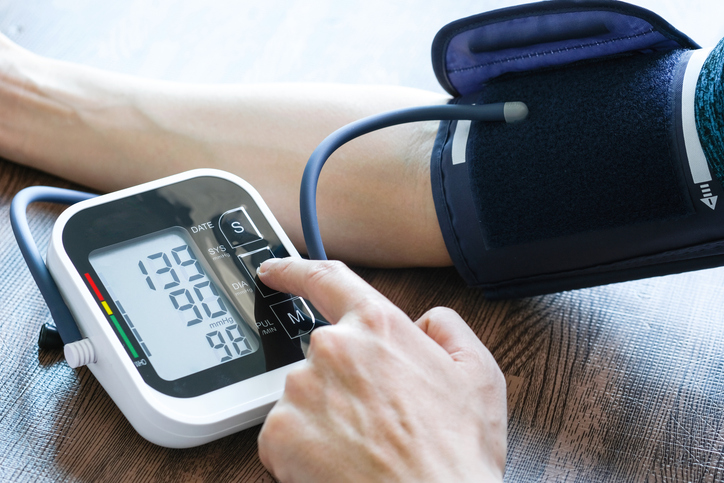
There has been a decline in the rates of advanced chronic kidney disease (including end-stage renal disease) in patients with type 1 diabetes mellitus (T1DM); however, diabetic nephropathy remains relatively common. In patients with T1DM without diabetic nephropathy, the 20-year mortality risk is comparable to that of the general population, while the presence of diabetic nephropathy is associated with a substantial cardiovascular risk, the leading cause of mortality in patients with T1DM.
The chronic renal and systemic activation of the renin-angiotensin-aldosterone system (RAAS) is a key factor in the pathogenesis of diabetic nephropathy, initiating tissue injury through fibrosis, the production of reactive oxygen species, proinflammatory pathways, and increases in intraglomerular pressure.
The current standard of care for nephroprotection in diabetic nephropathy is the use of RAAS inhibitors; such care does not provide complete protection for patients with T1DM. In the RASS (Renin-Angiotensin System Study) of adults with uncomplicated T1DM, an angiotensin-converting enzyme (ACE) inhibitor did not prevent clinical or histologic evidence of nephropathy over 5 years. Results of other studies of RAAS blockade had similar results.
There are few data on the changes in renal hemodynamic function over time and in response to RAAS activation over a broad range of age and duration of T1DM. Yuliya Lytvyn, PhD, and colleagues in Canada conducted a post hoc analysis of kidney function, hemodynamic status, and RAAS activation across a wide range of diabetes duration, including adolescents, young adults, and older adults with T1DM. Results of the analysis were reported in the American Journal of Kidney Diseases [2019;73(6):786-796].
The T1DM cohort included 28 adolescents, 54 young adults, and 66 older adults. Body mass index (BMI) was greater in older adults compared with adolescents and young adults (26.6 kg/m2 vs 24.3 kg/m2 and 25./1 kg/m2, respectively). In a stepwise manner, hemoglobin A1c (HbA1c) level was greater, while plasma renin level was lower, in adolescent participants versus young adult participants versus older adult participants.
In a stepwise fashion, glomerular filtration rate, effective renal plasma flow (ERPF), renal blood flow (RBF), and glomerular hydrostatic vascular resistance were greater in young adolescents versus young adults versus older adults. In contrast, filtration fraction, renal vascular resistance (RVR), and afferent arteriolar resistance (RA) showed the opposite pattern. Blood pressure, heart rate, and efferent arteriolar resistance (RE) were similar in adolescents versus young adults but significantly higher in older adults. In the sensitivity analysis comparing renal, intraglomerular, and systematic hemodynamic parameters adjusted for sex, HbA1c level, and BMI among the groups, results were similar.
In response to infusion of angiotensin II (Ang II) , ERPF and RBF were most attenuated in older adults compared with the other two groups. (P<.001 for both comparisons) and intermediate in young adults versus adolescents (P=.03 for ERPF and P=.02 for RBF). Most older adults had a blunted RVR response to the Ang II infusion (RVR increase of 0.033 vs 0.049 mm Hg/L/min in adolescents; P<.001). In older adults, RE and diastolic blood pressure responses were suppressed compared with adolescents and young adults. Systolic blood pressure was lowest in the older adults versus young adults only; the difference in the response versus the adolescents was not statistically significant.
Study limitations cited by the authors included the homogeneous study groups that limited the generalizability of the findings to other populations, such as those with proteinuria and overt nephropathy; the possibility that the group of older adults may have included survivorship bias because inclusion required surviving ~50 years of T1DM; the inability to determine what proportion of participants (particularly in the groups of adolescents and young adults) would eventually develop renal complications; and the lack of data for healthy control participants without diabetes.
“Our study uniquely characterizes renal hemodynamic status across a wide range of T1DM duration without diabetic nephropathy and in response to an ANG II infusion. T1DM appears to first affect RA, which increases with longer duration of T1DM. In contrast, RE increases significantly only with long-standing T1DM duration. Longer duration of T1DM is associated with lower GFR and ERPF, elevated RVR, and evidence of RAAS activation as assessed by an infusion of Ang II and plasma renin and aldosterone levels. Further work is required to understand the potential role of non-RAAS pharmacologic agents that target RA as a primary prevention strategy in patients with short-duration of T1DM and as an additive nephroprotective strategy in patients with long-standing T1DM when used with classic medications,” the researchers said.
Takeaway Points
- To understand renal hemodynamic function in patients with type 1 diabetes mellitus (T1DM), researchers in Canada conducted a post hoc analysis to examine the role of hyperfiltration and renin-angiotensin-aldosterone system (RAAS) activation across a wide range of age and T1DM duration.
- In a stepwise manner, glomerular filtration rate, effective renal plasma flow, and glomerular hydrostatic pressure were higher in adolescents versus young adults versus adults.
- Older adults with T1DM of long duration who have predominant afferent constriction and RAAS activation may benefit from therapies that target the afferent arteriole.







 © 2025 Mashup Media, LLC, a Formedics Property. All Rights Reserved.
© 2025 Mashup Media, LLC, a Formedics Property. All Rights Reserved.